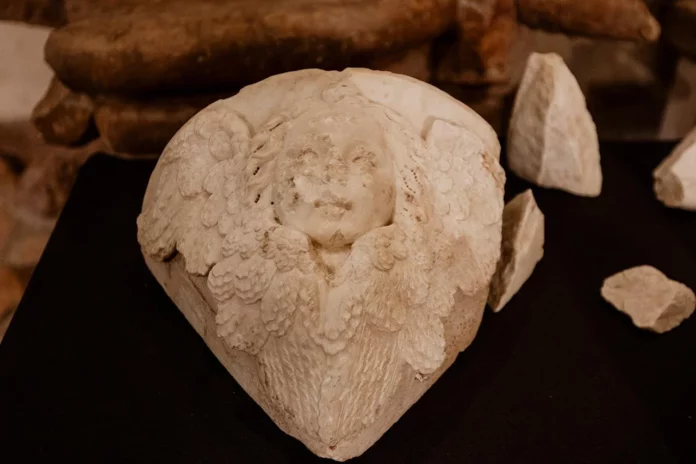The Discovery at Visegrád Castle
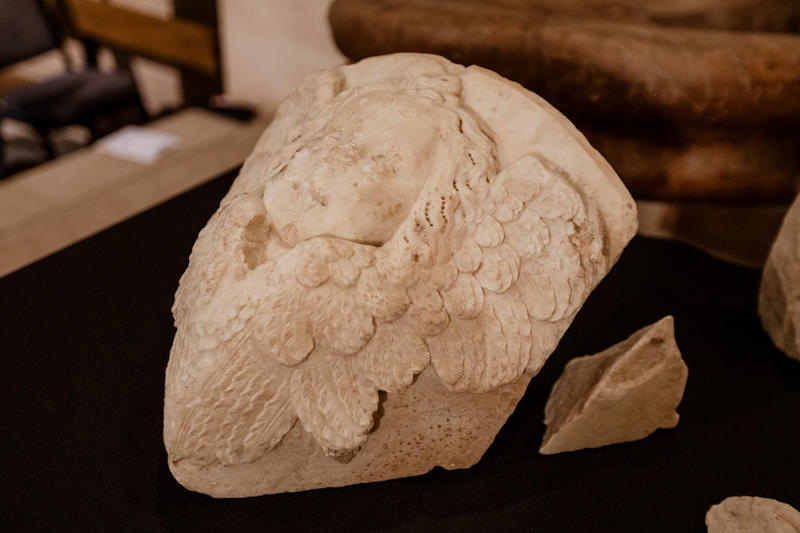
Visegrád, a historic town located in Pest County, north of Budapest, is home to the remnants of an Early Renaissance palace commissioned by King Matthias Corvinus, as well as a medieval citadel. Recent excavations near a Franciscan monastery adjacent to the royal palace unveiled an exquisitely carved pair of cherub heads with angelic wings. These artifacts, dating back to the 15th century, were part of an altar believed to have been created by Benedetto da Maiano.
Benedetto da Maiano: The Master Behind the Cherubs
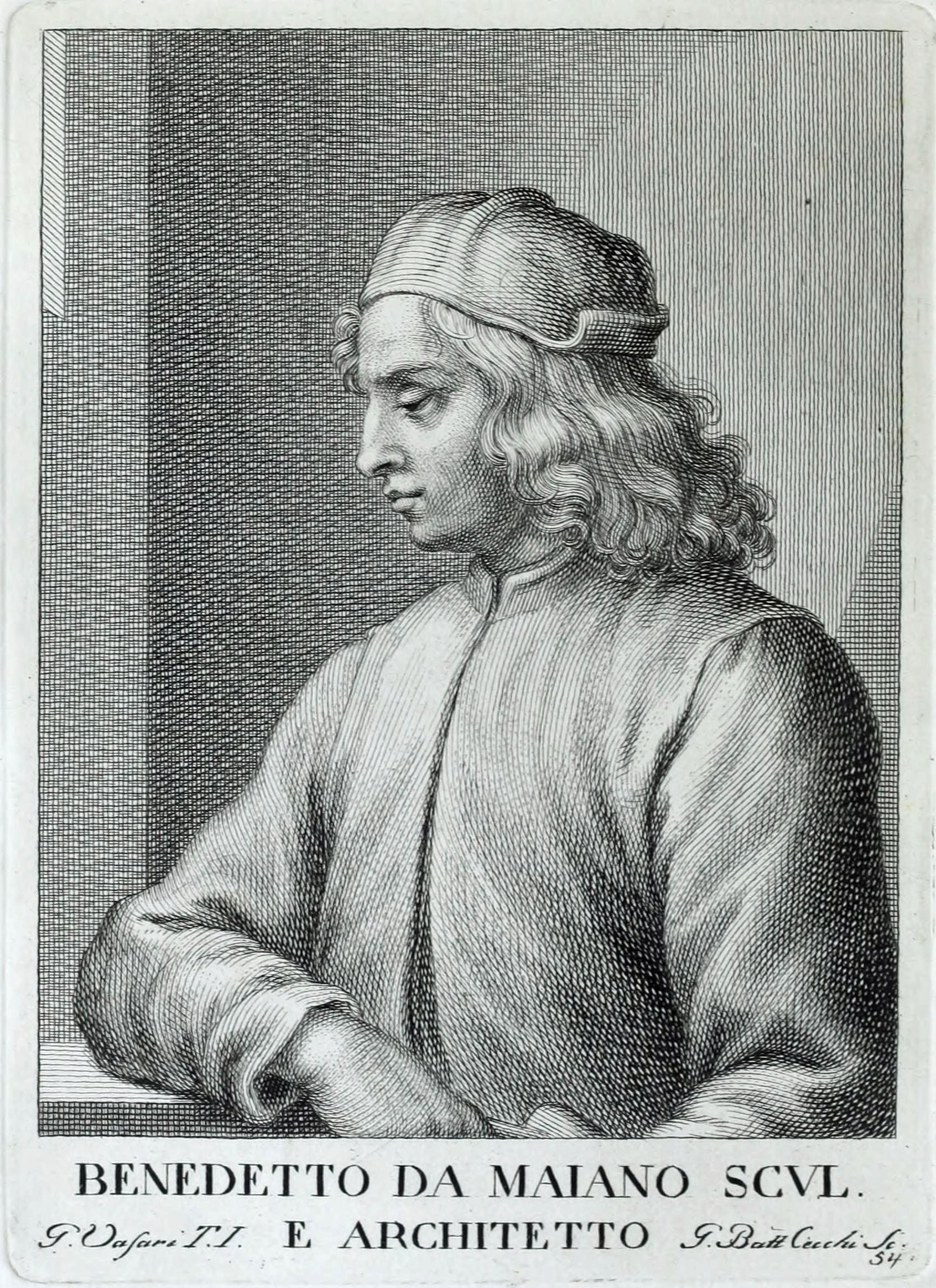
Benedetto da Maiano, born in 1442 in Tuscany, was a prominent Italian sculptor celebrated for his detailed and expressive works in wood and marble. His notable creations include the marble pulpit in the Santa Croce in Florence and the shrine dedicated to San Savino for the cathedral of Faenza. According to biographer Giorgio Vasari, Benedetto received commissions from European royalty, including King Matthias of Hungary. An incident involving the damage of inlaid coffers during a sea voyage led Benedetto to shift his focus from wood to marble.
Confirming Benedetto’s Work
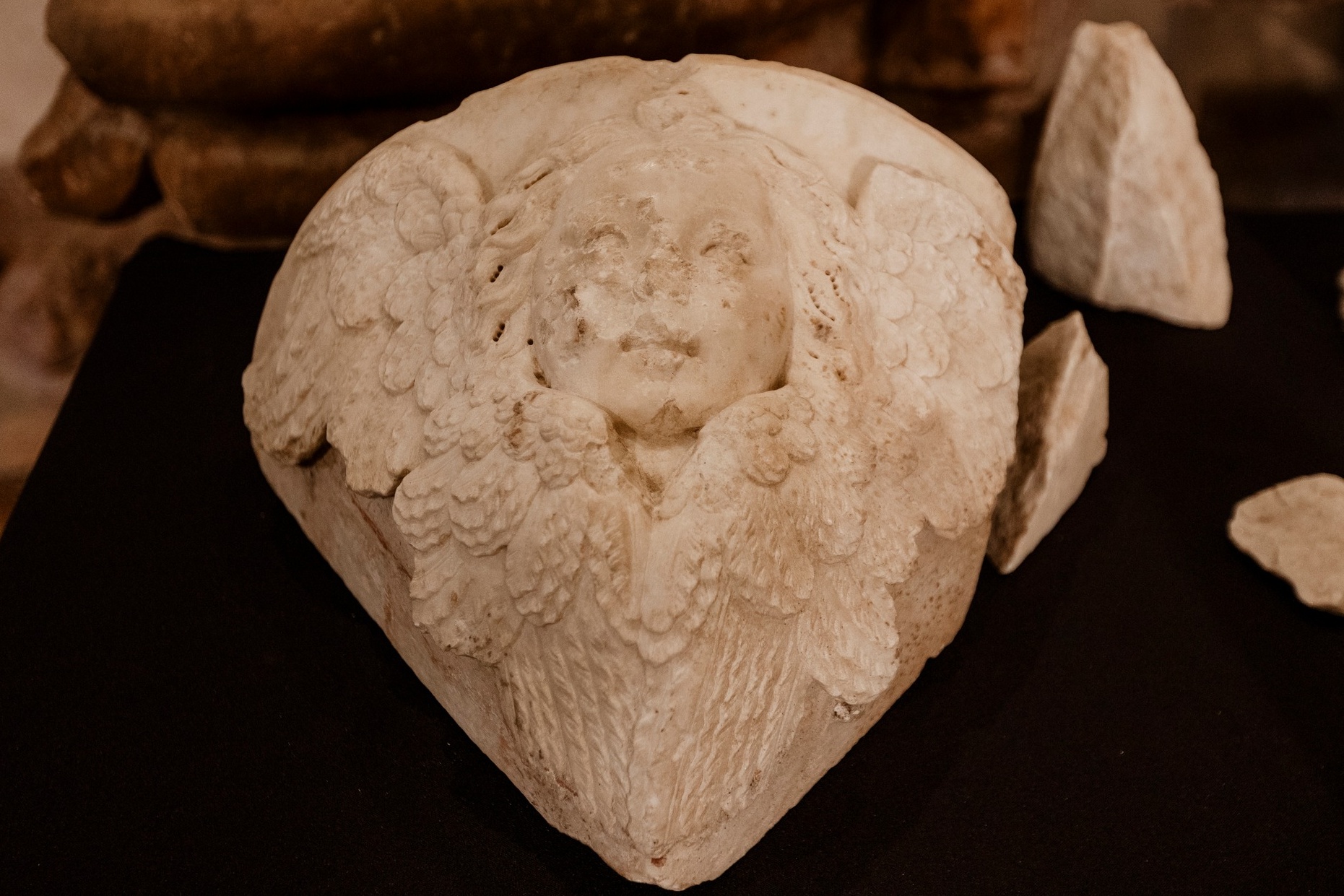
The discovery of the cherubs was authenticated by Professor Francesco Caglioti from the University of Pisa, who identified the distinctive features of Benedetto’s work. “The excavated carvings, particularly the almost intact cherubic heads, display many of the feathers, hair, and facial features, as well as the drapery of the fragmentary angel statues, which are exact copies of those found on Benedetto da Maiano’s mature works,” Professor Caglioti stated.
Historical Significance
The historical importance of these cherubs lies in their affirmation of King Matthias’s ambition to position Hungary as a hub of Renaissance art and culture. Ruling Hungary from 1458 to 1490, Matthias commissioned numerous works from leading Italian artists, including Benedetto. In 1476, Benedetto created matching marble relief portraits of Matthias and his second wife, Beatrice of Aragon, marking his transition from intarsia to marble statuary. These portraits are now recognized as key transitional pieces in Renaissance art.
Additional Discoveries
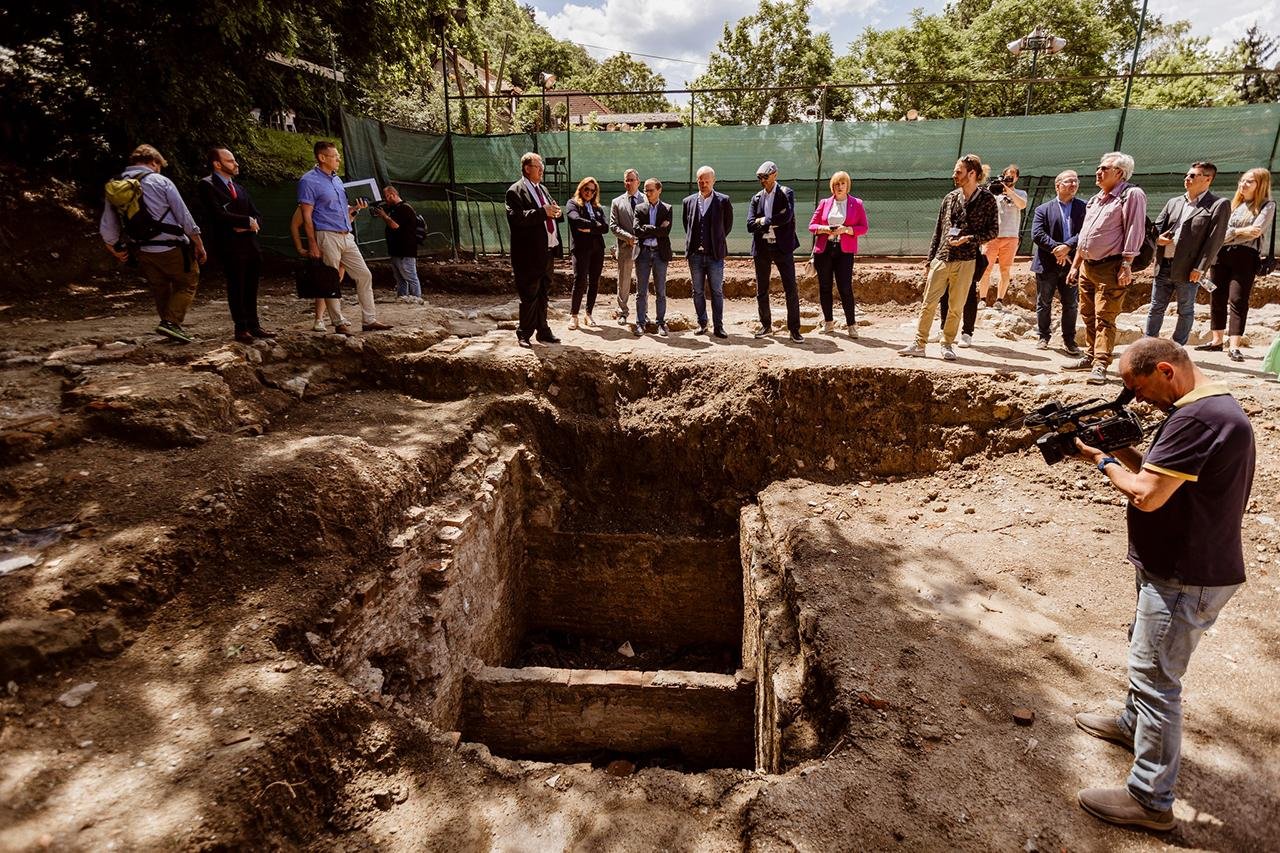
In addition to the cherubs, the excavations also revealed the remains of three individuals, likely monks, who perished during the 1540 siege by King Ferdinand’s forces. This siege, part of a larger conflict involving the Ottoman Empire, led to the monastery’s abandonment and the concealment of these remains by the collapsing sanctuary vault.
The Visegrád Renaissance Development Program
Launched in 2021, the Visegrád Renaissance Development Program aims to restore the castle and palace complex to their former glory from the Matthias era. This ambitious project includes extensive archaeological excavations to uncover previously unexplored parts of the medieval site.
Future Plans for the Artifacts
Gergely Fodor, the government commissioner responsible for the renovation of the Budavár Palace Quarter and the monuments complex in Visegrád, announced that the public would soon be able to view the discovered artifacts once the excavations are completed. This initiative promises to offer invaluable insights into the rich history and artistic heritage of the region.
